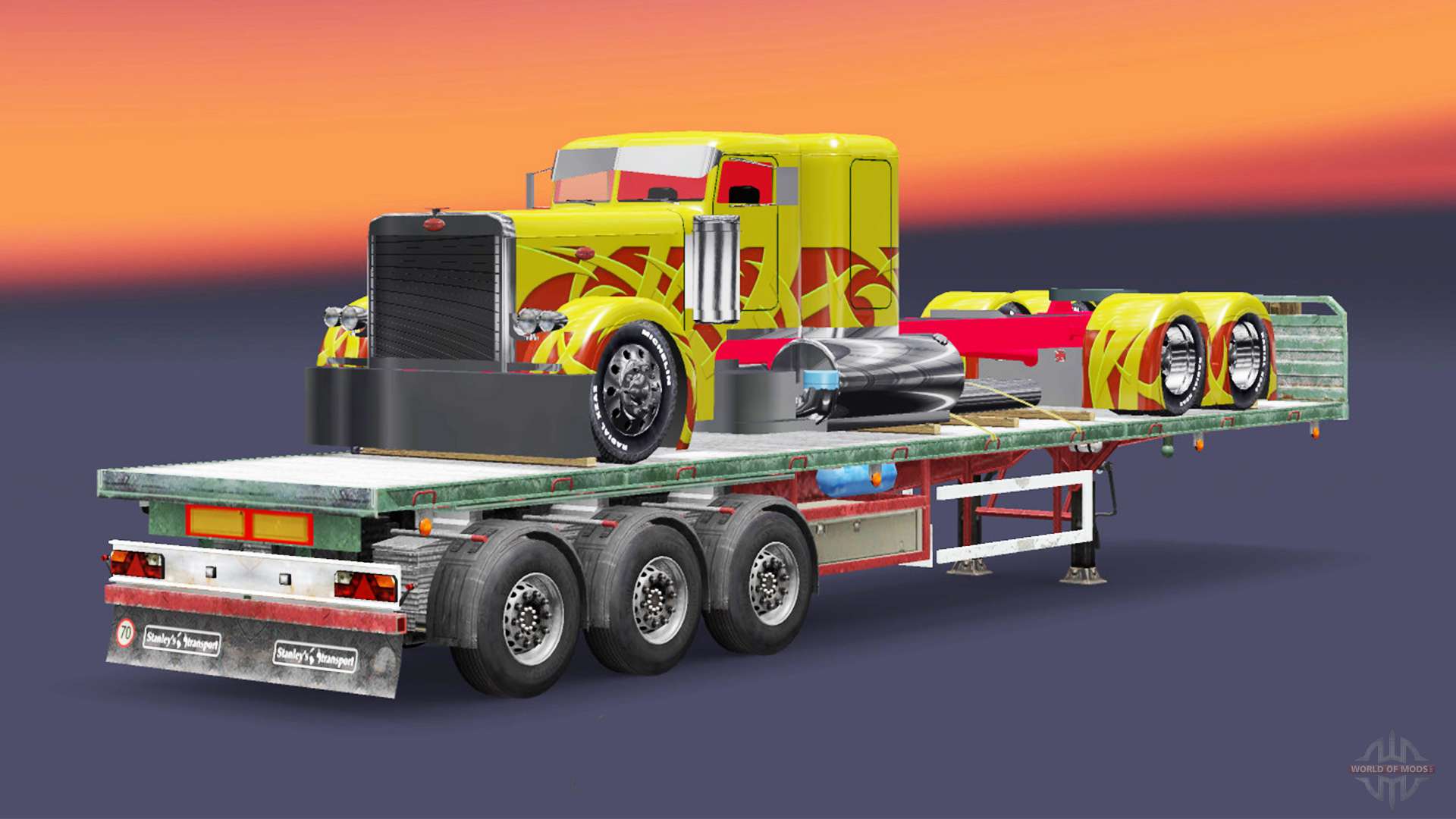

There is no comparison between the Sk圜ourier and other airplanes because nothing is available that matches its size and capability this is not a Twin Otter competitor. The Sk圜ourier's cargo door measures 87 inches wide by 69 inches high and the cabin can accommodate three LD3-size containers. And in passenger configuration, the fuselage is fitted with windows-unlike the windowless cargo version-as well as a stairway entry under the left wing. Pilots still have their own separate access to the flight deck through forward-fuselage crew entry doors. The door measures 87 inches wide by 69 inches high. But that makes sense for a twin-engine utility turboprop that can carry three standard LD3 freight containers, loaded through a massive cargo door on the left rear of the square-shaped cabin. When I saw the real airplane for the first time at EAA AirVenture Oshkosh in July, I was surprised at its size-much bigger than I'd expected. Test pilot Aaron Tobias briefed me on some of the details of the Sk圜ourier. Plans call for certification and first delivery by the end of this year.
#Cargo transport simulator peterbilt full
Although not a full flight simulator with motion, it nevertheless gave me a good feel for what flying the Sk圜ourier will be like for pilots hauling cargo and a cabin full of passengers. But recently I was invited to fly the Sk圜ourier “iron bird” simulator at Textron Aviation’s top-secret laboratory, which is hidden in a corner of its massive campus in Wichita. Textron Aviation test pilots are busy flying the final hours in the Sk圜ourier 408 utility twin-turboprop certification program, so it’s difficult to pull one aside for demo flights.


 0 kommentar(er)
0 kommentar(er)
